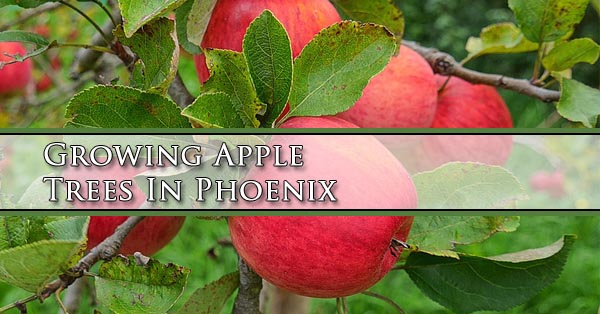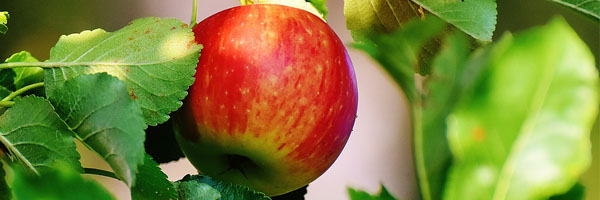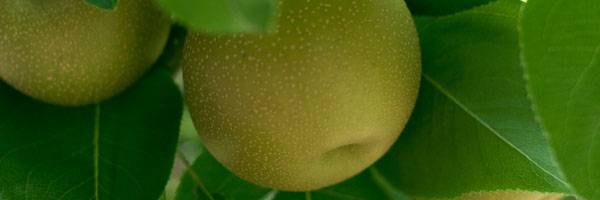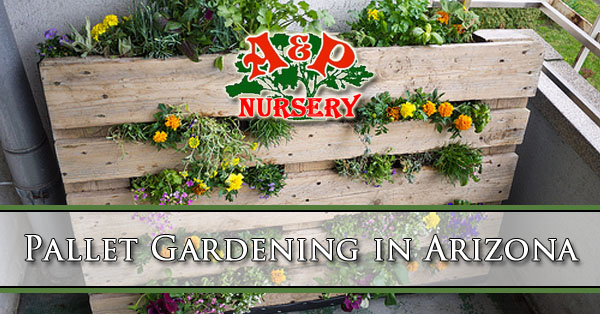
Lots of Arizona residents love gardening and reusing pallets in creative ways. Used pallets are inexpensive, easy to find, inexpensive, and make a great place to grow flowers or succulents. Pallet gardens are especially useful when living in apartments in large cities like Phoenix. The vertical pallet garden can be stood up against a patio wall and get plenty of sun and fresh air.
Pallet Planter Types
There are two main types of pallet planters, those that are standing on end, and those that are laying down on the ground. The construction of each is quite different, as is the area you will use and display your garden.
Vertical Pallet Planter
 Vertical pallet planters are great for smaller patio areas. They provide enough space for the soil to sit securely between the slats and don’t take up much room on your patio. Having a place to grow flowers or decorative plants while living in apartments, makes for a nice touch of life, green, and color when your plants are growing or in bloom.
Vertical pallet planters are great for smaller patio areas. They provide enough space for the soil to sit securely between the slats and don’t take up much room on your patio. Having a place to grow flowers or decorative plants while living in apartments, makes for a nice touch of life, green, and color when your plants are growing or in bloom.
Horizontal Pallet Planter
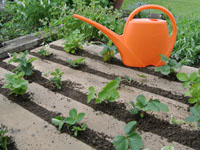 Horizontal pallet planters are designed to be similar to a raised garden bed. They are covered on the bottom and sides to hold the soil inside and allow plants to grow through the gaps in the wood, or slats. This can be a great option for people who want to be able to move their garden.
Horizontal pallet planters are designed to be similar to a raised garden bed. They are covered on the bottom and sides to hold the soil inside and allow plants to grow through the gaps in the wood, or slats. This can be a great option for people who want to be able to move their garden.
How to Build A Vertical Pallet Garden
There are 6 easy steps to building your vertical pallet garden. They are: getting your pallet, collecting gardening supplies, preparing your pallet, stapling on your landscaping fabric, planting your favorite flowers or succulents, and then enjoying your pallet garden.
Get Your Pallet
Getting your pallet can be as easy as placing a call to a couple local warehouses or buying an inexpensive pallet. Even local nurseries sometimes have used pallets laying around that they need to get rid of. It’s a good idea to pick a pallet that hasn’t been used to transport any chemicals that might hinder the growth of your plants.
Get The Supplies
In addition to the pallet you will need a couple large bags of potting soil, a small roll of landscaping fabric, the flowers or succulents you would like to grow, sandpaper, a staple gun and staples. You can find all of these items at local hardware stores. Some popular plants that people put in their pallet gardens are annual flowers, or succulents.
Prepare The Pallet
While you are sure to have picked a great pallet any nails that are sticking out, rough spots, or areas that might stick someone should be removed and sanded to be safe. Smooth out any dangerous spots with your sandpaper and use a hammer to remove any nails that might be sticking out.
Attach Your Landscaping Fabric
To hold the dirt in the back and sides you are going to cover them with the landscaping fabric. Flip your pallet so it is facing down and cover the entire back by rolling out your landscaping fabric. If your cover looks thin or your want to have your pallet garden last the longest it can, cover it twice. Make sure to cover the bottom, back, and sides of your pallet with the landscaping fabric. Staple it all into place by setting staples every 2 inches.
Inspect your staples twice and ensure that you have staples everywhere possible to help contain the dirt and make your pallet garden more robust.
Plant Your Flowers & Succulents
Flip your pallet garden over so the cover is facing down and begin by emptying your first bag of potting soil onto the pallet. Push the soil through the gaps in the slats and spread it out with a trowel. Repeat the process with your second bag of potting soil and make sure it is nice and tight. Once your soil is in place you can plant the flowers or succulents you have bought. After everything is planted and secure you and have a friend help you stand the garden up on its end. Make sure the direction you choose to stand it up isn’t open on the edge.
Enjoy Your Pallet Garden
Once the pallet garden is stood up at a safe angle you will be able to enjoy the color and sight of the flowers and succulents you have chose to grow. Having the extra splash of interest and color is fun to show off to friends and guests and simply a welcome touch of life in any residential setting.
Pallet Gardening Nurseries
If you want to build your own pallet garden A&P Nursery has you covered with the best plants, tools, and materials you will need to get started. We have a great selection of bedding plants, succulents, and annual flowers that will add the color and beauty you are craving. If you have questions about the variety we carry you can call, or to see the full selection of plants, tools, and materials stop by one of our 4 locations.
A & P Nursery
40370 N. Gantzel Rd.
Queen Creek, AZ 85240
480-655-5789
A & P Nursery
2645 W. Baseline Rd.
Mesa, Arizona 85202
480-839-5362
A & P Nursery
6129 E. Brown Rd.
Mesa, Arizona 85205
480-396-8800
A & P Nursery &
Lawnmower Shop
2601 E. Baseline Rd.
Gilbert, Arizona 85234
480-892-7939








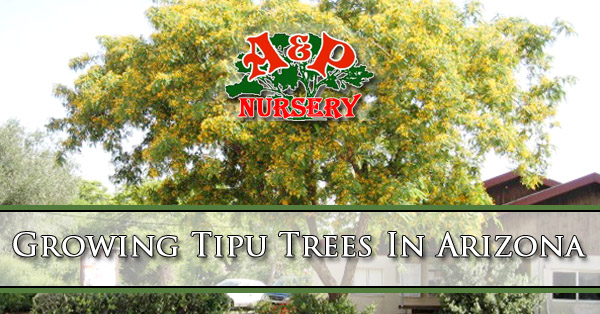

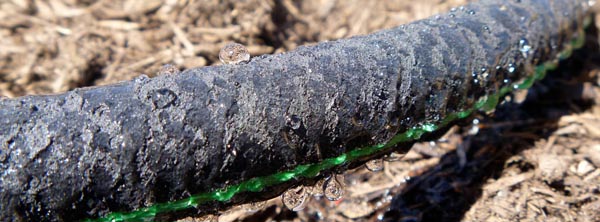
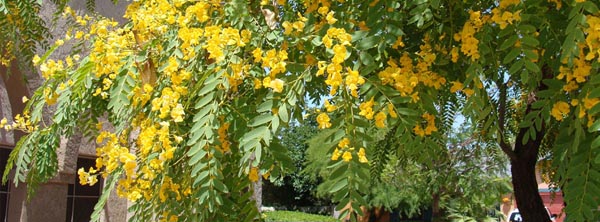

 What does it take to vegetable garden in Arizona? – Gardening in Arizona can present unique challenges whether you are growing a garden for aesthetic purposes or one that produces vegetables and fruits. The intense desert climate in Arizona only lends itself to certain plant species that can flourish in the unique and dry climate. This article is going to focus on vegetable bearing gardens and how to maximize their potential if you happen to live in the desert Southwest.
What does it take to vegetable garden in Arizona? – Gardening in Arizona can present unique challenges whether you are growing a garden for aesthetic purposes or one that produces vegetables and fruits. The intense desert climate in Arizona only lends itself to certain plant species that can flourish in the unique and dry climate. This article is going to focus on vegetable bearing gardens and how to maximize their potential if you happen to live in the desert Southwest. What’s the best location for my vegetable garden in Arizona? – The first factors you need to consider are going to be the basics that will apply to gardening no matter where you are located on the planet; soil quality, water, sun exposure, timing. Making sure you have an adequate plan and location that will fully facilitate your garden’s anticipated needs is going to have the most influence on the potential success of your garden and the extent that the success can be maximized. Scout your property and pay close attention to the lay of the land and its surroundings. If you can’t find a plot with enough sun exposure, you may need to plant or remove a tree or two and also place or remove any objects you may want that can assist in the proper amount of sunlight reaching the hungry plants in your garden. Vegetables need at least 6 hours of sunlight; they also need adequate time in the shade as the AZ sun can be quite harsh on overexposed plants.
What’s the best location for my vegetable garden in Arizona? – The first factors you need to consider are going to be the basics that will apply to gardening no matter where you are located on the planet; soil quality, water, sun exposure, timing. Making sure you have an adequate plan and location that will fully facilitate your garden’s anticipated needs is going to have the most influence on the potential success of your garden and the extent that the success can be maximized. Scout your property and pay close attention to the lay of the land and its surroundings. If you can’t find a plot with enough sun exposure, you may need to plant or remove a tree or two and also place or remove any objects you may want that can assist in the proper amount of sunlight reaching the hungry plants in your garden. Vegetables need at least 6 hours of sunlight; they also need adequate time in the shade as the AZ sun can be quite harsh on overexposed plants.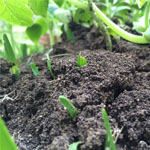 Which soil type is best for growing vegetables in Arizona? The vast majority of Mesa plants absolutely love gardening loam. Loam is a soil classification that means that the soil is a balance clay and sandy soil. This gives you the benefits of both and alleviates the drawbacks.
Which soil type is best for growing vegetables in Arizona? The vast majority of Mesa plants absolutely love gardening loam. Loam is a soil classification that means that the soil is a balance clay and sandy soil. This gives you the benefits of both and alleviates the drawbacks.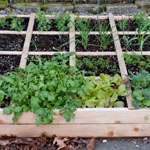 What’s the best size of vegetable garden to start with? – The size of your garden is a factor that you need to decide early on as well. Starting small is best for most people because a smaller garden is much easier to manage. Starting smaller affords you the opportunity to know how much time and effort goes into even a small amount of plants, which will let you know how big of a garden you can actually attend to adequately.
What’s the best size of vegetable garden to start with? – The size of your garden is a factor that you need to decide early on as well. Starting small is best for most people because a smaller garden is much easier to manage. Starting smaller affords you the opportunity to know how much time and effort goes into even a small amount of plants, which will let you know how big of a garden you can actually attend to adequately.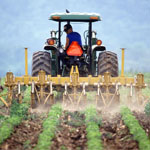 How do I prepare the ground for my Mesa vegetable garden? – Once you find the right plot for your garden you may have some work to do to properly prep it for planting. Sod may be on the plot you select and will need to be removed in order to be able to till the soil. Once you have removed the sod and tilled the soil, you can add organic compost, manure and planting soil before tilling a final time before starting the planting process.
How do I prepare the ground for my Mesa vegetable garden? – Once you find the right plot for your garden you may have some work to do to properly prep it for planting. Sod may be on the plot you select and will need to be removed in order to be able to till the soil. Once you have removed the sod and tilled the soil, you can add organic compost, manure and planting soil before tilling a final time before starting the planting process.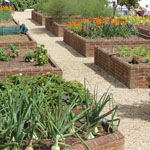 How do I control soil quality and watering better? – Another way to get started with your garden is to use
How do I control soil quality and watering better? – Another way to get started with your garden is to use  What vegetables grow best in Arizona? – The next factor to consider is which vegetable bearing plants can thrive in Arizona. The crops that are easiest to grow in AZ are green beans, herbs, peppers, sugar, snap peas, tomatoes, radishes, and carrots. Sticking to these varieties initially will not only set you up for success, it will give you valuable experience that will be much needed if you plan on branching out and growing varieties that are harder to foster in AZ. The best times of year to plant the seeds for the plants species listed above is between the months of November and March. Understand that around January frost becomes more likely and you should make sure your crops are covered so they do not become damaged or even die, due to frost exposure.
What vegetables grow best in Arizona? – The next factor to consider is which vegetable bearing plants can thrive in Arizona. The crops that are easiest to grow in AZ are green beans, herbs, peppers, sugar, snap peas, tomatoes, radishes, and carrots. Sticking to these varieties initially will not only set you up for success, it will give you valuable experience that will be much needed if you plan on branching out and growing varieties that are harder to foster in AZ. The best times of year to plant the seeds for the plants species listed above is between the months of November and March. Understand that around January frost becomes more likely and you should make sure your crops are covered so they do not become damaged or even die, due to frost exposure. Can I grow two crops of vegetables in Mesa? There is a unique advantage to growing vegetables in Arizona and that is the fact that many vegetables can have double growing seasons. The fact that you can double your yearly harvests in AZ means that you potentially grow twice as much produce and that can save you money on groceries while eating fresh produce almost year round. As your green thumb becomes established, your harvests will increase and become exponentially more plentiful. This article is about vegetables, but is should be noted that the same goes for fruit and having citrus growing year round will provide a great aroma to your property as the trees bud and bear fruit.
Can I grow two crops of vegetables in Mesa? There is a unique advantage to growing vegetables in Arizona and that is the fact that many vegetables can have double growing seasons. The fact that you can double your yearly harvests in AZ means that you potentially grow twice as much produce and that can save you money on groceries while eating fresh produce almost year round. As your green thumb becomes established, your harvests will increase and become exponentially more plentiful. This article is about vegetables, but is should be noted that the same goes for fruit and having citrus growing year round will provide a great aroma to your property as the trees bud and bear fruit.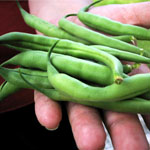 What’s the best vegetable to grow in Arizona? Green Beans are one of the best vegetables to grow in AZ. The soil in Phoenix is especially well suited to the growing of green beans. November is the recommended time of year to plant Green Bean seeds, just remember to cover the plants once frost becomes a threat. One option to avoid frost is to start the plants life indoors, moving them outside once the frost season has passed. You can also place tomato cages around your Green Bean plants in order to consolidate space in your garden. Sugar Snap peas are another vegetable that grows well in the same window. You can follow the same steps to avoid frost with Sugar Snap Peas that we mentioned using with Green Beans.
What’s the best vegetable to grow in Arizona? Green Beans are one of the best vegetables to grow in AZ. The soil in Phoenix is especially well suited to the growing of green beans. November is the recommended time of year to plant Green Bean seeds, just remember to cover the plants once frost becomes a threat. One option to avoid frost is to start the plants life indoors, moving them outside once the frost season has passed. You can also place tomato cages around your Green Bean plants in order to consolidate space in your garden. Sugar Snap peas are another vegetable that grows well in the same window. You can follow the same steps to avoid frost with Sugar Snap Peas that we mentioned using with Green Beans.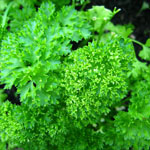 Another vegetable that loves the long growing year in Arizona is Parsley. Parsley absolutely loves the Arizona climate and can thrive as much as you want it too. You may actually have to eventually limit the parsley as it can start to take over your garden. Planting in the springtime is recommended and once your plants begin to mature, you can have fresh parsley at the ready year round.
Another vegetable that loves the long growing year in Arizona is Parsley. Parsley absolutely loves the Arizona climate and can thrive as much as you want it too. You may actually have to eventually limit the parsley as it can start to take over your garden. Planting in the springtime is recommended and once your plants begin to mature, you can have fresh parsley at the ready year round. What types of seeds are best for beginners in Phoenix? For the beginner gardener it helps to have a type of seed that germinates quickly and is heartier. In Arizona, it is best to select seeds that have gestation periods of 60 days or less as they are the easiest to foster in the desert climate.
What types of seeds are best for beginners in Phoenix? For the beginner gardener it helps to have a type of seed that germinates quickly and is heartier. In Arizona, it is best to select seeds that have gestation periods of 60 days or less as they are the easiest to foster in the desert climate. What tools do I need to garden in Arizona? – Like most things in life the right tools for the job makes the job that much easier, and more fun. A good pair of gloves for the handling of prickly items, and also to offer a little protection from insects goes a long way. You’ll want a sturdy shovel for those pesky rocks and tougher soil that you might need to dig in to plant items with deeper root system, such as trees. Having a garden spade makes maintaining edges around flower beds and the preparation for installing raised garden beds much easier than using a rounded shovel edge.
What tools do I need to garden in Arizona? – Like most things in life the right tools for the job makes the job that much easier, and more fun. A good pair of gloves for the handling of prickly items, and also to offer a little protection from insects goes a long way. You’ll want a sturdy shovel for those pesky rocks and tougher soil that you might need to dig in to plant items with deeper root system, such as trees. Having a garden spade makes maintaining edges around flower beds and the preparation for installing raised garden beds much easier than using a rounded shovel edge. How do I water my vegetable Garden in Arizona? – Depending on the type of garden you plant and which vegetables you choose you will need different watering systems. But having an automated system makes it that much easier for the passionate gardener. You can get drip lines that put the water directly on the ground next to your vegetables instead of sprinklers, which are best suited for water lawns.
How do I water my vegetable Garden in Arizona? – Depending on the type of garden you plant and which vegetables you choose you will need different watering systems. But having an automated system makes it that much easier for the passionate gardener. You can get drip lines that put the water directly on the ground next to your vegetables instead of sprinklers, which are best suited for water lawns.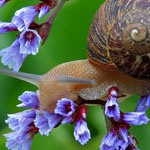 How do I keep pests away from your vegetable garden? – There are various kinds of pests you can encounter here in Arizona. Some will need professional removal, such as venomous snakes or scorpions. Contact a licensed professional that has the training and right equipment to remove such pests. For the rest of the insects and foraging animals you can use chicken wire or other types of fencing to keep them out. As for insects there are different kinds of sprays available at your local gardening shop.
How do I keep pests away from your vegetable garden? – There are various kinds of pests you can encounter here in Arizona. Some will need professional removal, such as venomous snakes or scorpions. Contact a licensed professional that has the training and right equipment to remove such pests. For the rest of the insects and foraging animals you can use chicken wire or other types of fencing to keep them out. As for insects there are different kinds of sprays available at your local gardening shop.












